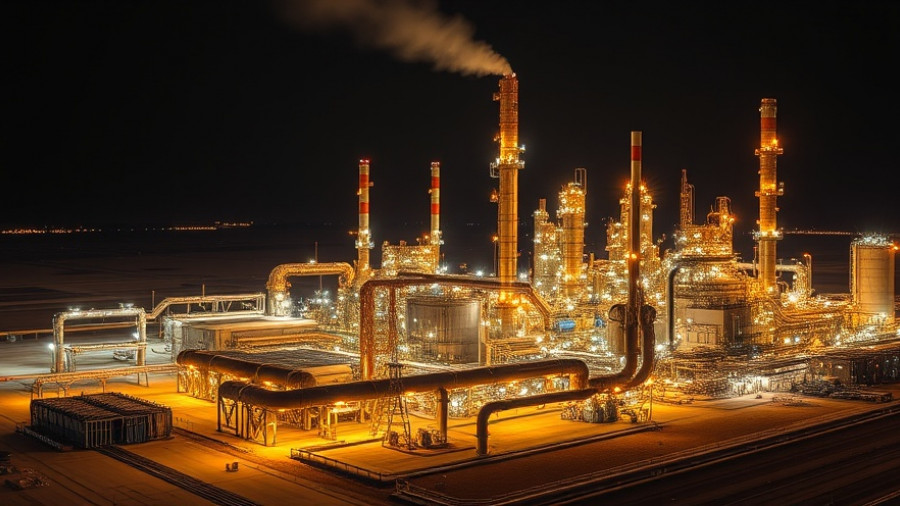
The New Generation of Civil Engineers
In the world of civil engineering, innovation is as vital as a sturdy foundation. Recently, student designers showcased their ingenuity at an annual competition that challenged them to tackle real-world issues using modern techniques. This experience not only fosters problem-solving skills among students but also bridges the gap between fresh academic knowledge and practical application in the industry.
Understanding the Competition
During the competition, students from various institutions were tasked with developing a sustainable design solution for a community problem, particularly focusing on enhancing local infrastructure. This year’s focus was on integrating smart technologies and green materials—key factors that are changing the way civil engineering projects are approached. Participants learned to balance aesthetic appeal with functionality, ensuring that their solutions not only serve their purpose but also fit within a sustainable framework.
Smart Solutions in Civil Engineering
One standout project included the use of **automated systems** for traffic management, which is increasingly becoming the norm in urban development. The students incorporated real-time data analysis and innovative designs to ensure the efficiency of their infrastructure solutions. As projects merge technology with traditional engineering, the need for these competencies becomes apparent. Technologies such as IoT and AI are reshaping the landscape of civil engineering, allowing for smarter cities and significantly improved project outcomes.
Future Trends in Construction
The challenge allowed students to explore and predict future trends in construction, indicating a shift towards holistic project management that prioritizes sustainability and community involvement. Experts suggest that as student designers ascend to professional roles, they’ll carry these progressive ideas with them, likely altering industry standards. This generational shift points to an evolving industry that fully embraces automation, smart materials, and sustainable processes.
Community Engagement: A Necessity
Understanding the community's needs is crucial, as highlighted by the student projects. The designs weren’t just theoretical; they were built on engaging with community members to identify pressing issues, a strategy that more professional projects should adopt. This collaboration not only enhances project relevance but also fosters trust and transparency with the public—a key element to successful construction endeavors.
Conclusion: The Call to Action for Industry Leaders
For clients of commercial construction companies and industry leaders, it’s time to consider how these bright young minds can influence your projects. As new engineers enter the workforce, their emphasis on sustainability and smart technologies should inspire existing companies to innovate. Embrace these changes, and learning from students can provide insights to propel your projects towards greater efficiency and cost-effectiveness.
 Add Row
Add Row  Add
Add 




Write A Comment